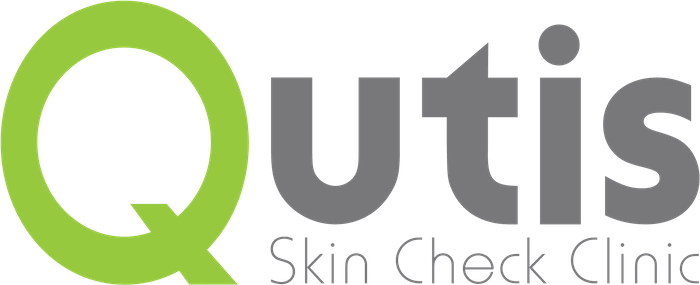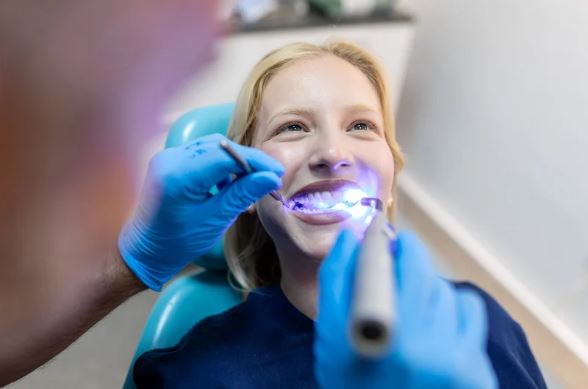UV light is something we are all told to be wary of. We wear sunscreen year round, along with hats, sunglasses, long sleeves, and we find shade to avoid the harm these ultra violet rays can do. But have you heard about UV being used in a medical setting? If so, how do we know this isn’t going to affect us in the long run? Keep reading to find out!
UV in Phototherapy Lamps
You may have heard of the use of phototherapy lamps in the treatment of acne, vitiligo, psoriasis, and eczema. So does exposure to the light in this setting do us more harm than good? The Harley Street Dermatology Clinic tells us “Phototherapy uses the portion of light known as UVA and UVB. These are two different types of UV or ultraviolet light, which is at a wavelength beyond the range that humans can see. You might be familiar with the terms UVA and UVB from sunscreen labels as these are the types of light that can burn or damage the skin.”
Is there a risk? The answer is yes, there is a small possible risk of developing skin cancer. Especially so if the procedure isn’t done right. However, Harley Street continues “it would take a lot of UV exposure to cause these problems. Over the course of your life, you will be exposed to much more UV from the sun than you are during your phototherapy sessions. It would take at least 300 treatment sessions to start increasing the risk of any of these issues. A typical course of therapy might include 10-20 sessions.
Having phototherapy is therefore a bit like having an X-ray. We know that X-rays can be harmful. The type of radiation that is used to see inside your body can damage the cells and increase the risk of cancer. However, it is still safe for you to have X-rays when necessary, as long as you don’t have too many of them.”
UV Light in Teeth Whitening
How about in teeth whitening? It may seem different because the UV is being directed into your mouth not onto your skin. Dental Health Society says “Patients will be relieved to learn that there are no studies showing that light used for teeth whitening causes cancer. But, while cancer is not a concern, there are other reasons to be careful when using whitening tools both with and without light. This is especially true when whitening without a dentist’s supervision.”
The Conclusion
While there are risk, they may be quite minimal. If you have any concerns, discuss this with your medical professional. Also advise them of any history of skin cancer for yourself or within your immediate family.
If you have any questions or feedback leave it below. We look forward to hearing from you!
Sources : https://www.light-sources.com/blog/uv-light-for-medical-use/#:~:text=Phototherapy%20UV%20lamps%20treat%20a,eczema%2C%20psoriasis%2C%20and%20vitiligo. https://www.news-medical.net/health/Light-Therapy-Safety-and-Side-Effects.aspx https://dentalhealthsociety.com/teeth-whitening/is-there-a-link-between-uv-light-teeth-whitening-and-cancer/


Recent Comments